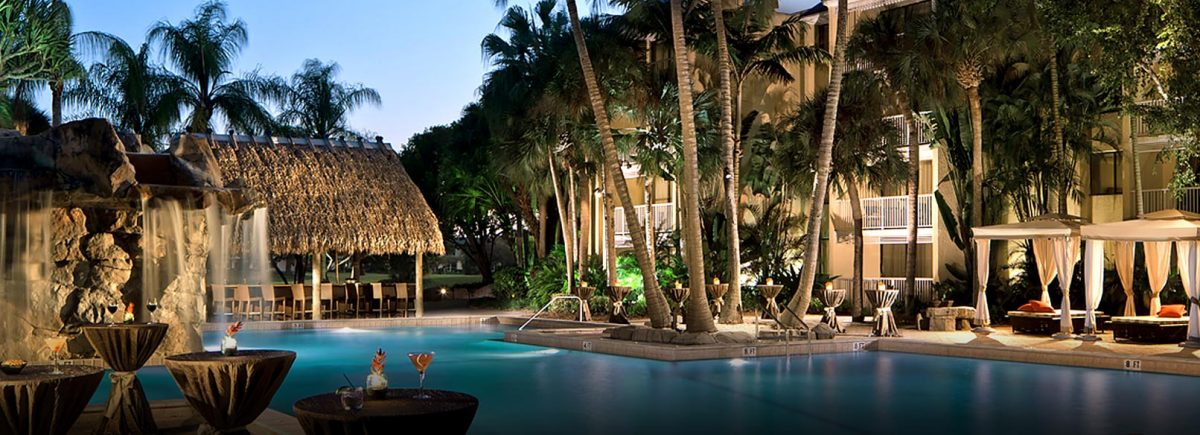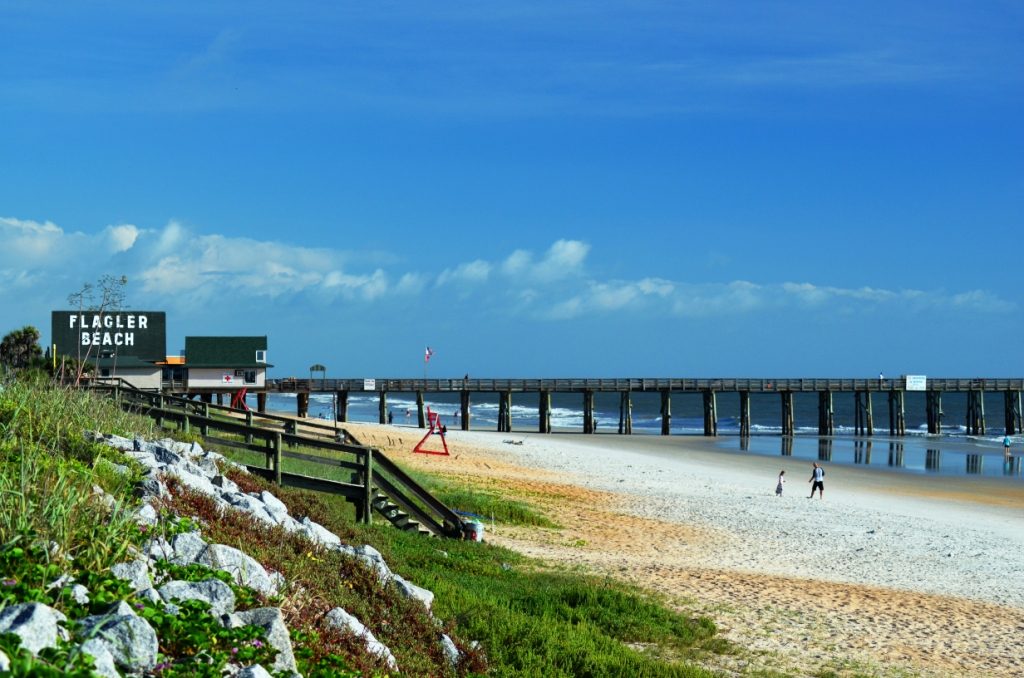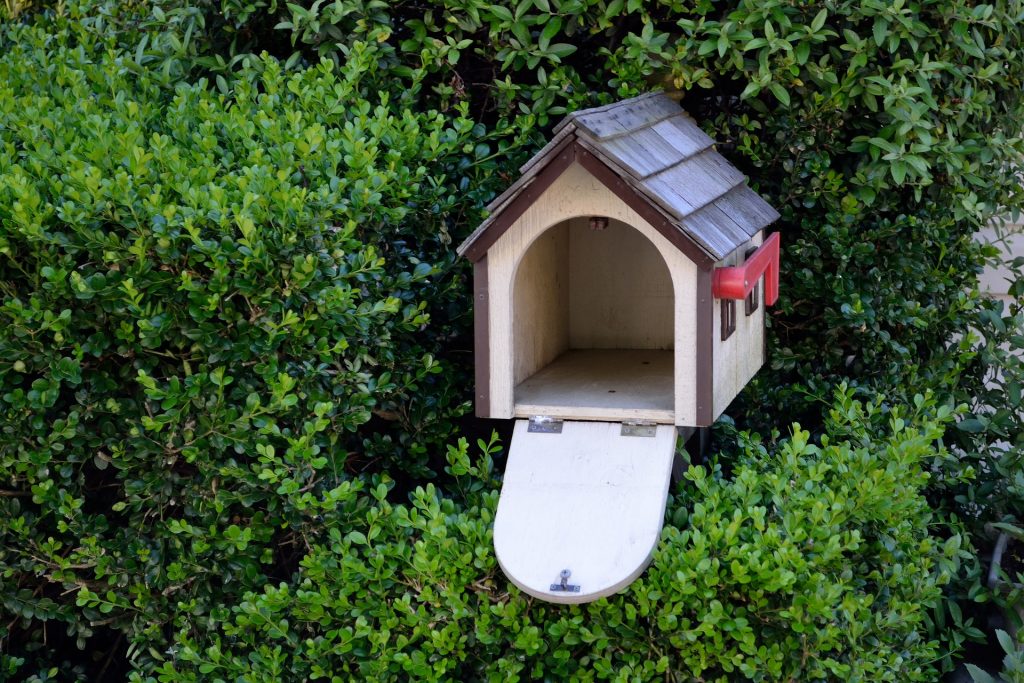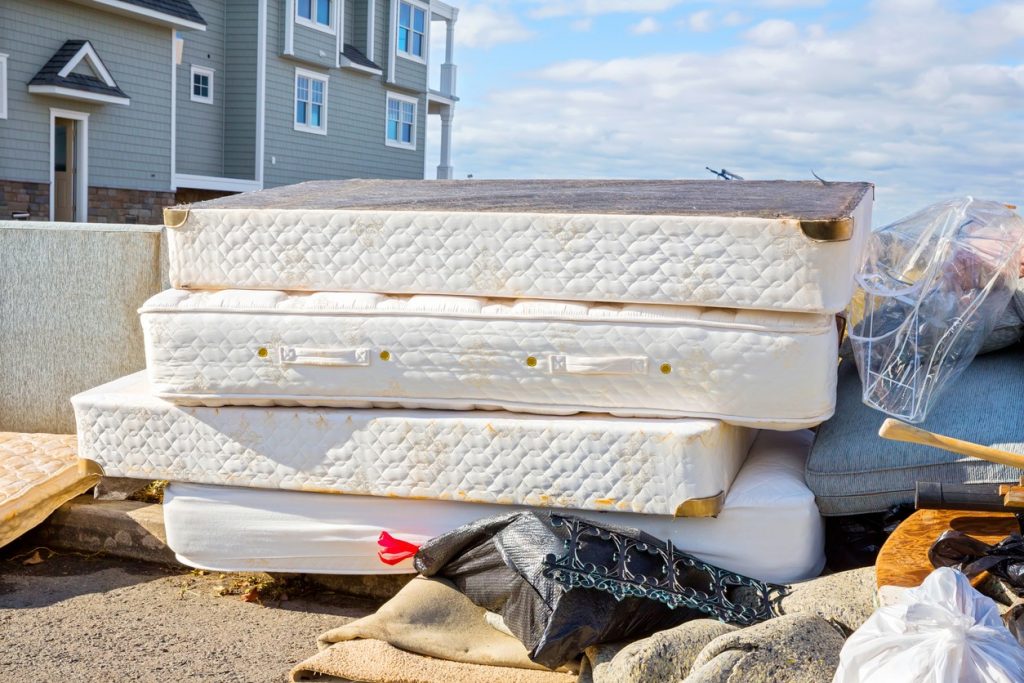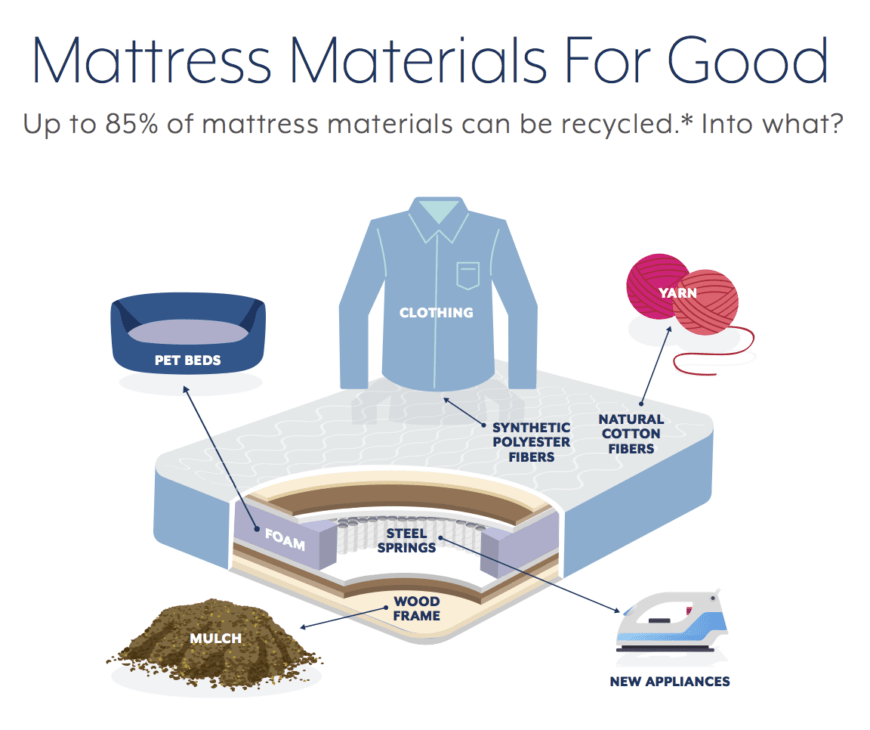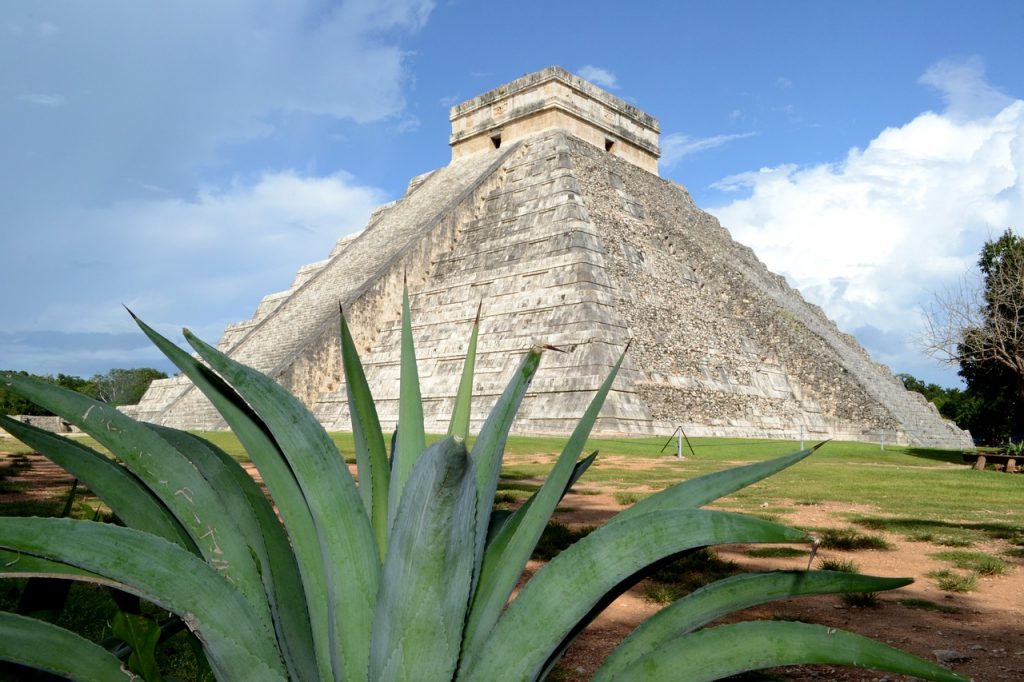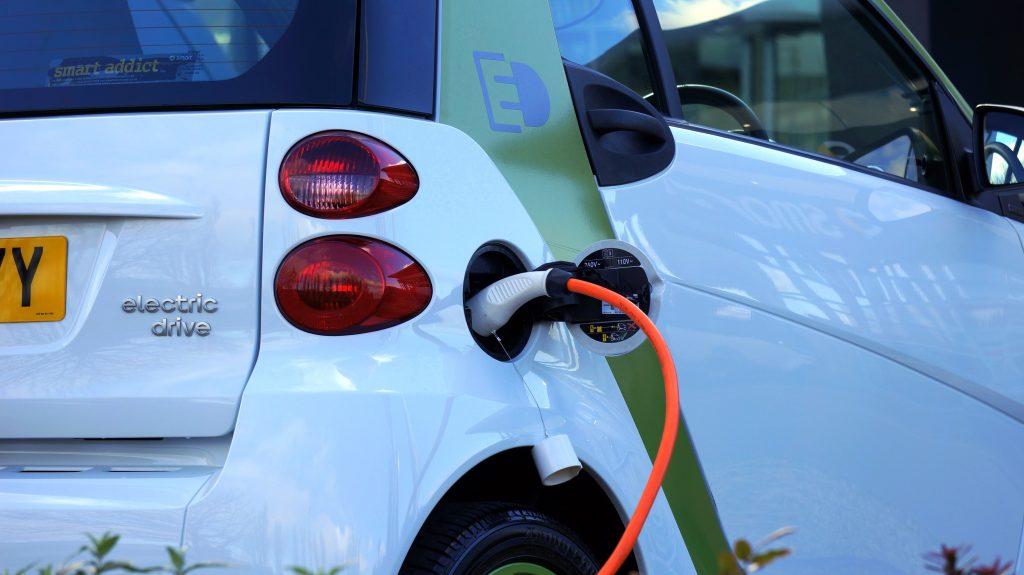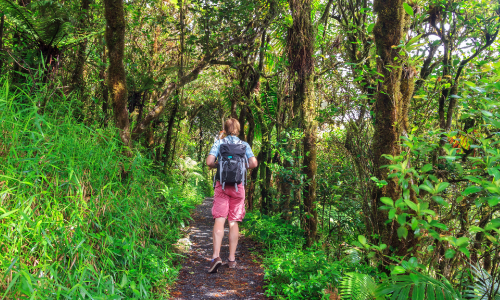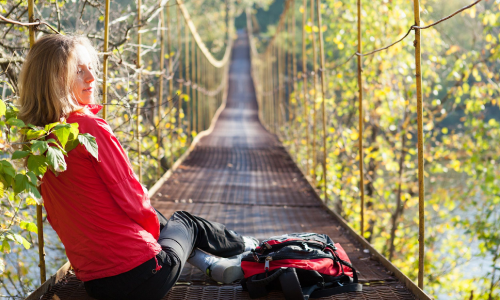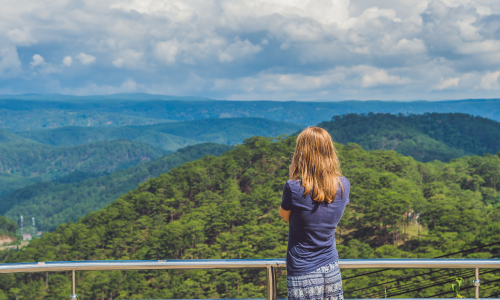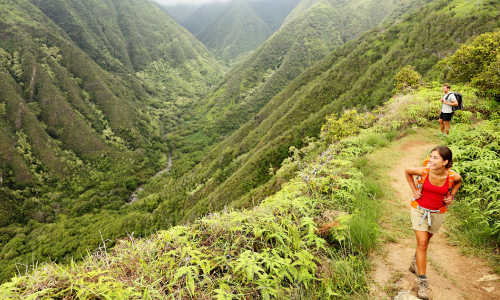The road to the famous Pancake Rocks in New Zealand’s Paparoa National Park takes you on a breath-taking journey of beauty, with thick, wild vegetation on one side and the Tasman Sea on the other.
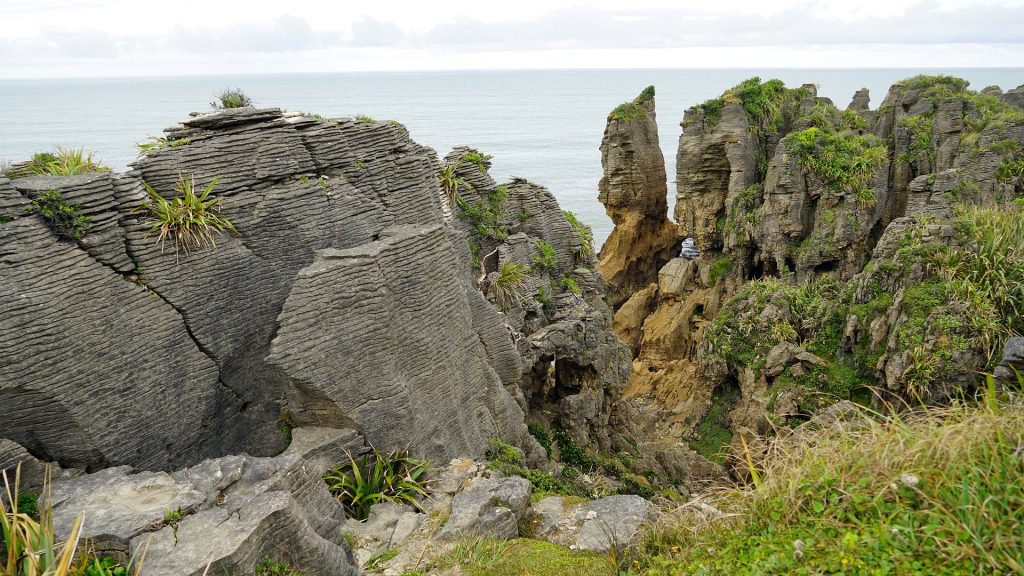
Credit: Barni1
If you’ve been working on a bucket list of places to visit, this destination should be near the top of that list. Here’s why.
The most amazing sunrise
The pancake rocks in Punakaiki are the most visited natural attraction on the West Coast of New Zealand, and with good reason. One of them being the most stunning sunrises. You’ll have to set out early of course, but it’s well worth the effort – as the sun rises the rocks literally appear to glow.
Sunrise isn’t the only time you can enjoy a spectacular view, it’s a magnificent spectacle throughout the day. Whether you stop at the rocks alone or take the time to see some of the other sites in the vicinity, you won’t be disappointed. To catch the sunrise it’s worth checking out available accommodation in the area. Visit www.punakaiki.co.nz/accommodation/
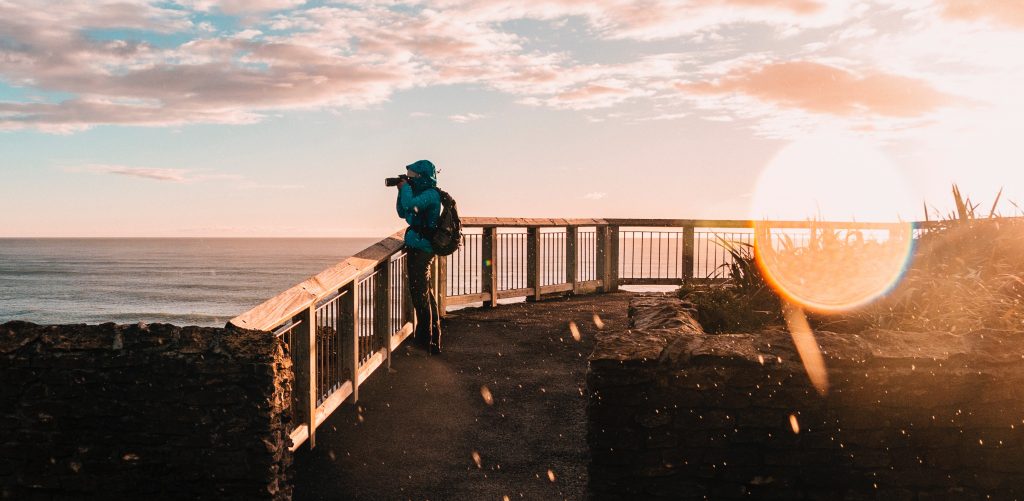
They look like real pancakes!
The cliffs, which can be found overlooking the sea, are composed of several layers of limestone – most of which are no more than a few centimeters thick. Whether you have a proper camera or intend to take pictures with your mobile phone, your memory card could easily become full before you know it, as there are so many platforms from where you can take amazing photos.
Today’s landscape is the result of 30 million years of erosion, sediment depositions, and decomposition of dead marine creatures. In fact, the accumulated strata should have remained hidden. The only reason we’re able to see the rocks in all their glory is due to earthquakes that have caused the earth’s crust to rise.
Many other attractions in the area
The Pancake Rocks are a delight to behold, which is what most guides focus on exclusively. However, there are a number of other unique attractions to see in the area. For one, check out the marine cave, but be sure to take a flashlight with you. The rocks can be slippery, so you’ll need to be careful. No matter how careful you are, it’s prudent to protect yourself with insurance from a reputable company such as www.state.co.nz, AA Insurance or Tower when you travel.
While some of the caves have never been fully explored, some are home to glow worms, which can provide an awesome spectacle.
After exploring the caves, we recommend taking a walk on the beach. As you progress along the coast, be sure to keep eyes peeled, because the smallest species of dolphin (Hector’s dolphins) can sometimes be spotted. As much as you might like to dive in, we don’t recommend this, because the sea is way too rough, even for a pro swimmer.
Rich flora and fauna
The creatures and vegetation of the forest form an interesting ecosystem. Here, you’ll find the nikau, which is a palm tree that wouldn’t usually reside in such a location, due to low altitude. You can also spot birds called ‘Weka’, which were nearly chosen to represent New Zealand as the country’s mascot, instead of the Kiwi. This flightless bird is battling, stubborn and not afraid of humans. It can swim, move swiftly and jump. There’s also the Kererū wood pigeon, which can be spotted in the branches.
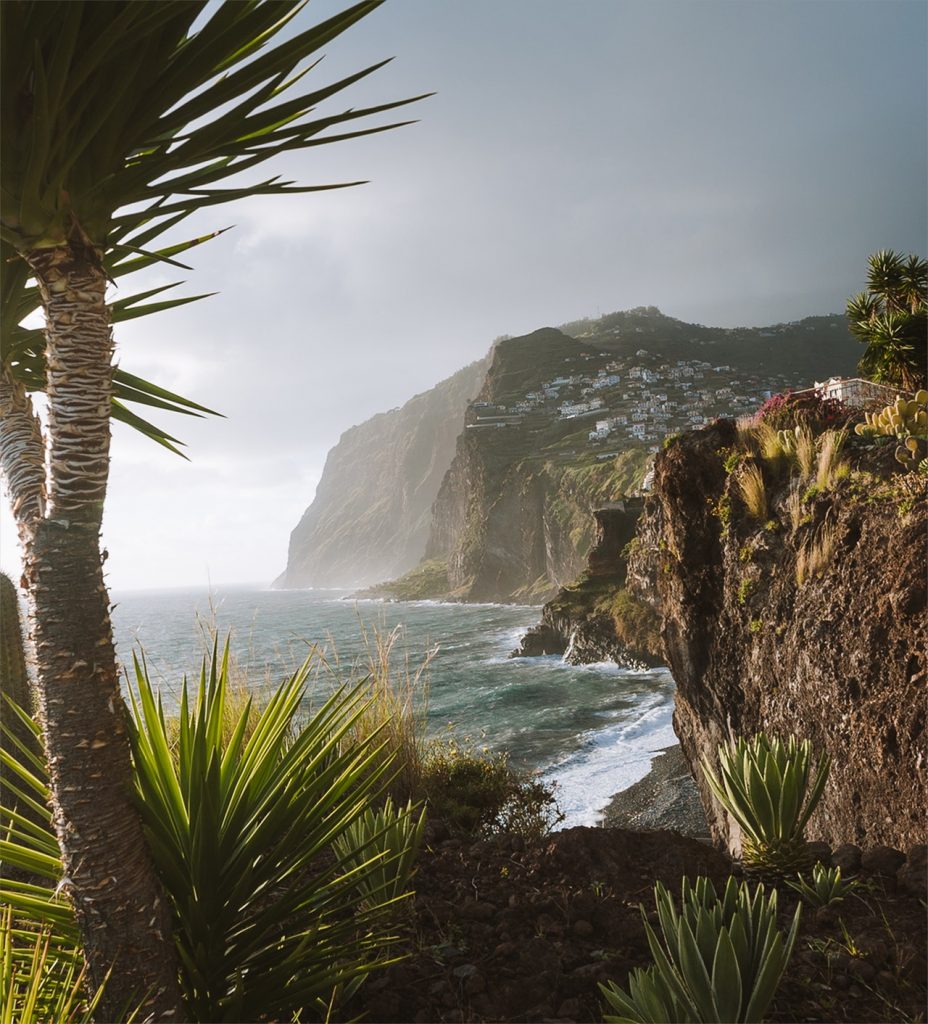
Fantastic for hiking
If you would rather sightsee whilst hiking, then you’re in luck, because there are hiking trails that lead to Pancake Rocks. Depending on where you park, you can access a path that will lead you to Dolomite Point, from where the rocks can be seen. It can be refreshing to see them from this vantage point, so you might want to have a camera with which to take pictures.
So, have you added Pancake Rocks to your bucket list yet?

